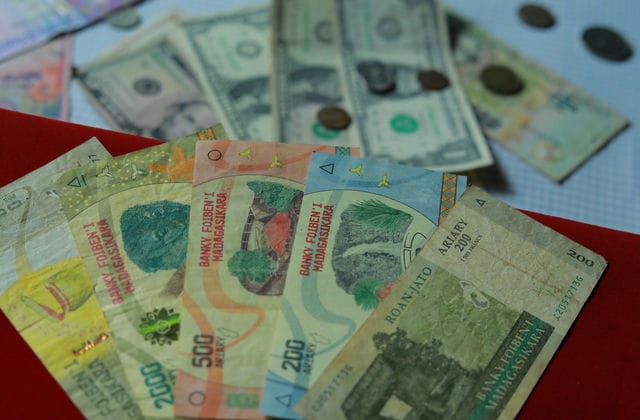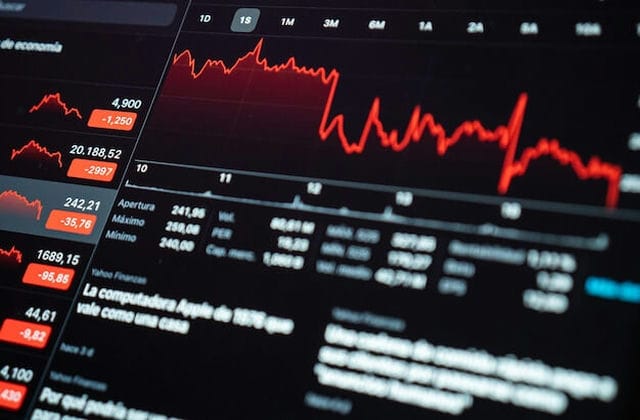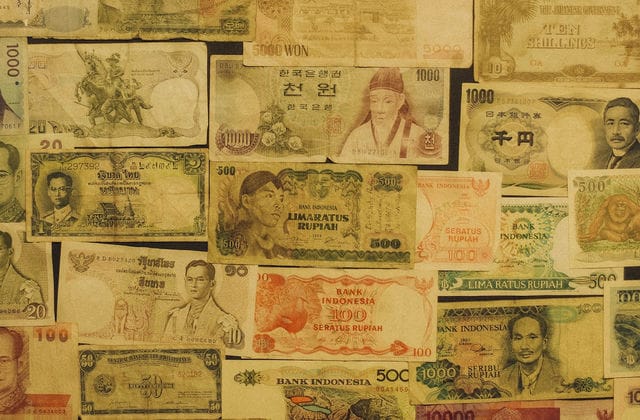In the United States, money market funds can be divided into three categories according to the level of risk.
1, Treasury bill money market funds, which invest mainly in treasury bills, marketable securities guaranteed by the government, etc. These securities generally have a maturity of less than one year, with an average maturity of 120 days.
2,Diversified money market funds, which are commonly referred to as money market funds, usually invest in a variety of marketable securities such as commercial paper, treasury bills, securities issued by U.S. government agencies, negotiable certificates of deposit, bankers' acceptances, etc., which have similar maturities as the aforementioned funds.
3, Tax-exempt money funds, which are used primarily for short-term financing of high-quality municipal securities, also include municipal medium-term bonds and municipal long-term bonds. Tax-exempt money funds have the advantage of being tax deductible, but they usually offer lower yields than typical money market funds (approximately 30% to 40% lower) and are not cost effective for investors to choose when the tax rate is not high.

A money market fund is a fund that invests in short-term marketable securities in the money market. The fund's assets are mainly invested in short-term monetary instruments such as treasury bills, commercial papers, bank certificates of deposit, short-term government bonds, corporate bonds and other short-term marketable securities. Since the emergence of the first money fund in 2003, the size of domestic money funds has reached RMB 495.713 billion, with many of them performing well and yielding more than the one-year benchmark fixed deposit, such as the HFT Money Fund. At the same time, the proportion of individual investors in the investment structure of such funds is also gradually increasing. Money market funds were first created in the US in 1972. By the end of 1986, there were over 400 money market funds in the US, with total assets of over US$290 billion.




























